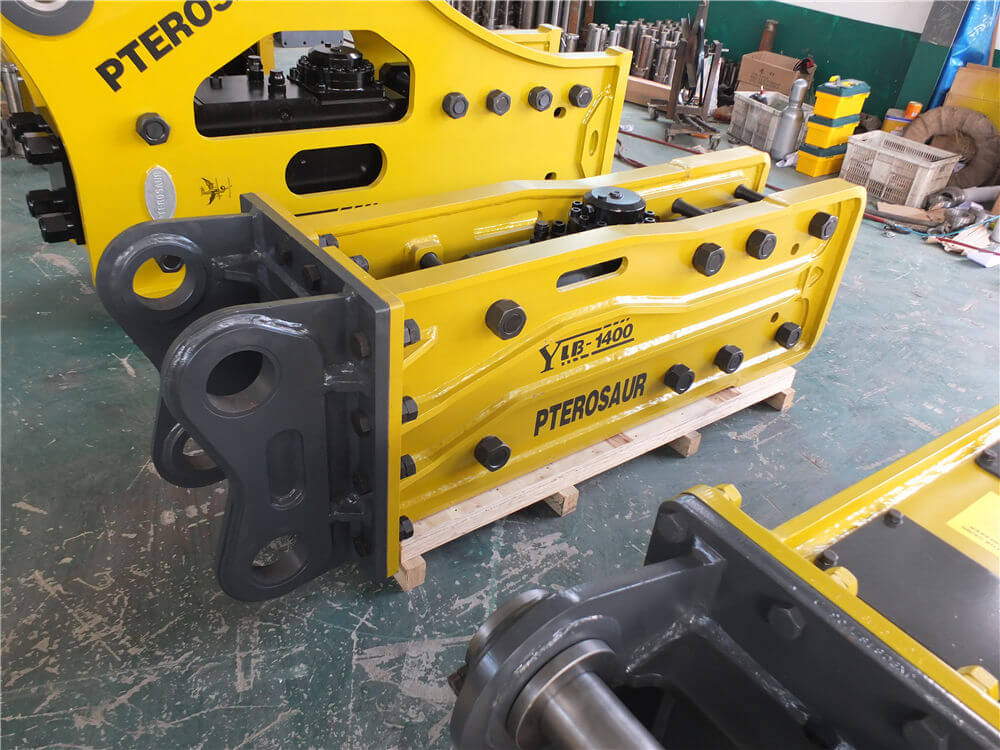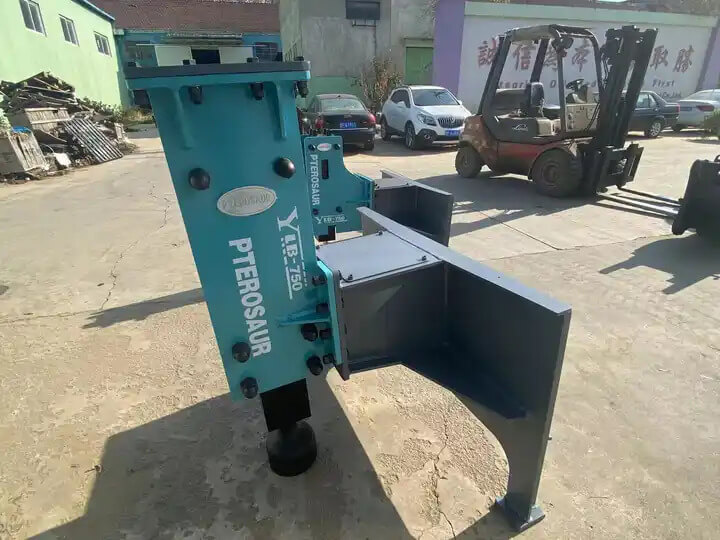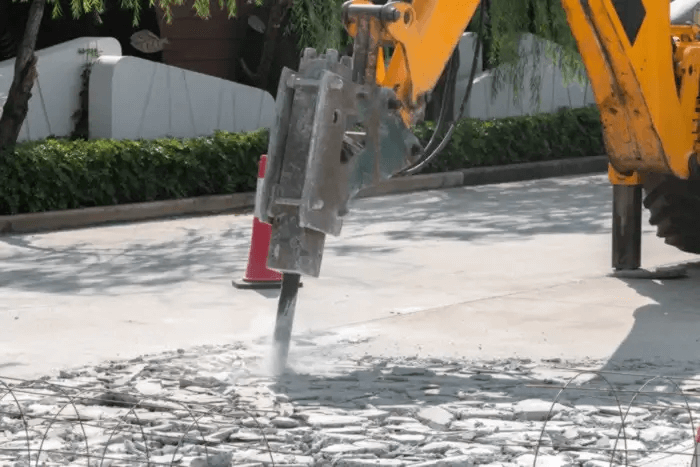Understanding Pavement Breakers: The Essential Tools for Concrete Demolition
Pavement breakers, also known as paving breakers, are powerful tools designed specifically for breaking up rock, concrete, and asphalt. These robust devices are essential for construction and demolition professionals, enabling them to tackle some of the toughest materials in the industry. In this article, we will explore the different types of pavement breakers, their features, and their applications in various projects.
What Are Pavement Breakers?
Pavement breakers are T-handled tools that operate vertically, providing the necessary force to break through tough surfaces. Unlike smaller tools that may differentiate their power based on bore and stroke, pavement breakers are categorized by weight class. This weight classification is crucial as it helps users select the appropriate tool for specific tasks, whether light or heavy demolition.
Types of Pavement Breakers
-
Ingersoll Rand MX Series: The MX Series pavement breakers, including models like MX60 and MX90, are engineered for heavy-duty tasks ranging from demolition and asphalt removal to industrial maintenance. They feature a bore diameter of 2.06 to 2.62 inches and weigh between 32 to 39 kg, making them ideal for rigorous applications.
-
PB Series: The PB35AL8 and PB35AS8 pavement breakers are designed for lighter applications, such as bridge deck resurfacing and lightweight concrete demolition. These models are equipped with advanced features like mufflers to minimize noise, allowing for more comfortable operation.
-
Electric and Hydraulic Options: Electric pavement breakers, such as the Badger Breaker, offer an alternative for those who prefer electric tools over pneumatic options. Hydraulic breakers also provide versatile performance for different construction tasks, ensuring efficient material removal.
Key Features of Pavement Breakers
Pavement breakers come with various features that enhance their performance and usability:
-
Power and Speed: Operating between 1,350 to 1,850 blows per minute (BPM), pavement breakers are capable of breaking up concrete floors and performing general demolition work efficiently.
-
Durability: Designed to withstand demanding conditions, many pavement breakers are built with robust materials that ensure longevity and reliability in various environments.
-
Versatility: These tools are not only used for breaking concrete but also for cutting through asphalt and other tough materials, making them indispensable in road construction and maintenance.
Applications of Pavement Breakers
Pavement breakers find applications in various sectors, including:
-
Construction: In large construction projects, pavement breakers are used to prepare sites by removing old concrete or asphalt surfaces.
-
Demolition: These tools are essential for demolishing existing structures, allowing for quick and effective material removal.
-
Road Maintenance: Pavement breakers are vital in road repair and resurfacing efforts, enabling crews to break up and remove damaged pavement quickly.
Conclusion
Pavement breakers are essential tools in the construction and demolition industry, providing the necessary power and efficiency to handle tough materials like concrete and asphalt. With various models available, including pneumatic and electric options, professionals can choose the right breaker to meet their specific needs. Whether you’re involved in heavy industrial work or lighter demolition tasks, investing in a quality pavement breaker can significantly enhance productivity and performance on the job site.




































